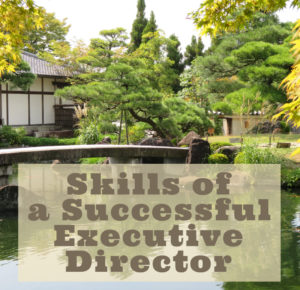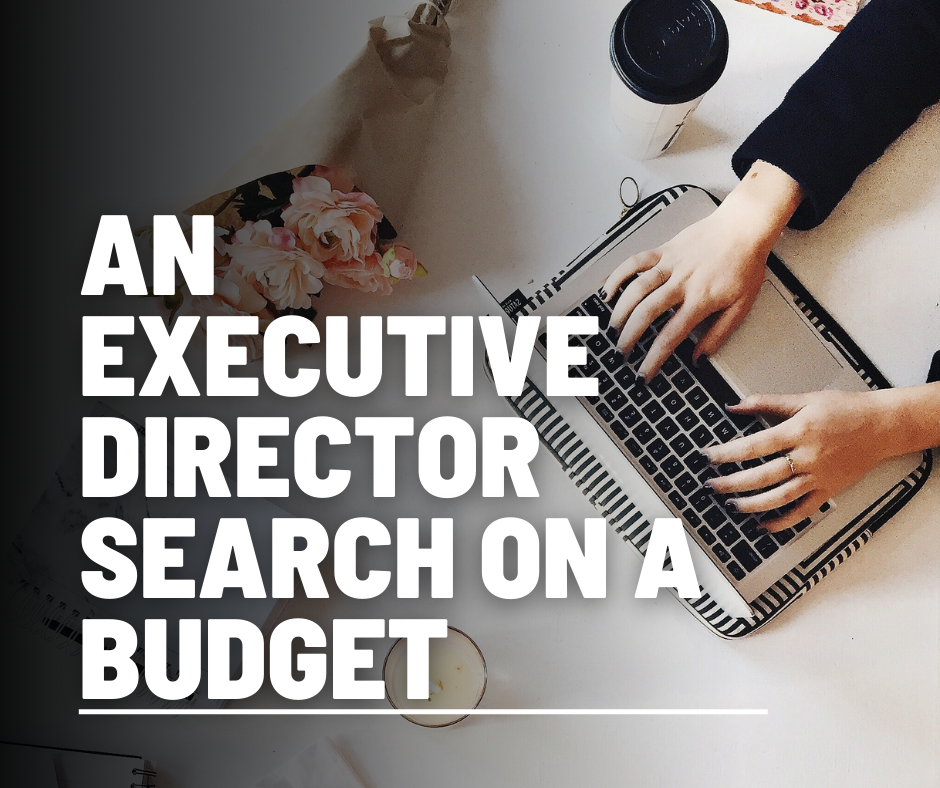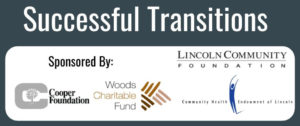 Becoming a strong executive director takes a wide range of skills. No one can be strong in every single area, of course, but you do need to have the basics down in each and know where you can improve. The skills listed below are all ones you can learn with practice.
Becoming a strong executive director takes a wide range of skills. No one can be strong in every single area, of course, but you do need to have the basics down in each and know where you can improve. The skills listed below are all ones you can learn with practice.
When I first became an ED, I had a variety of skills from my previous nonprofit position, but there was a lot to learn. The biggest areas of growth for me were financial management, fundraising, and HR, as I came from an organization with whole teams for those tasks. Other skills I had already. I was passionate about the cause, and cared about helping others. I had written and managed grants of all kinds. I had managed staff, and programs. Especially in those first few years, I spent my time learning the areas that I wasn’t as strong in.
Below are a few of the broader skills to consider developing if you are interested in an ED role. The good news is that they are applicable across all sectors. All my ED knowledge was quite valuable in my later roles as an interim ED in very different types of nonprofits.
Read more


 Becoming a strong executive director takes a wide range of skills. No one can be strong in every single area, of course, but you do need to have the basics down in each and know where you can improve. The skills listed below are all ones you can learn with practice.
Becoming a strong executive director takes a wide range of skills. No one can be strong in every single area, of course, but you do need to have the basics down in each and know where you can improve. The skills listed below are all ones you can learn with practice. Good succession planning is about more than choosing a successor to the executive director. It needs to encompass planning for all leadership roles to strengthen the organization for the long term. A key component is leadership development planning, which provides a structured method to build leadership capacity.
Good succession planning is about more than choosing a successor to the executive director. It needs to encompass planning for all leadership roles to strengthen the organization for the long term. A key component is leadership development planning, which provides a structured method to build leadership capacity. The possibility of a long-term trusted and high performing executive director leaving their position is a scary prospect for most boards. It can be made more manageable by intentional planning and open discussions. In addition, taking the time to explore succession planning and leadership development now will benefit the organization immediately through reduced workloads, better-trained staff, and the opportunity for future growth.
The possibility of a long-term trusted and high performing executive director leaving their position is a scary prospect for most boards. It can be made more manageable by intentional planning and open discussions. In addition, taking the time to explore succession planning and leadership development now will benefit the organization immediately through reduced workloads, better-trained staff, and the opportunity for future growth.